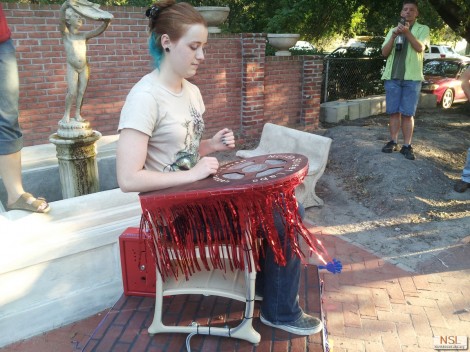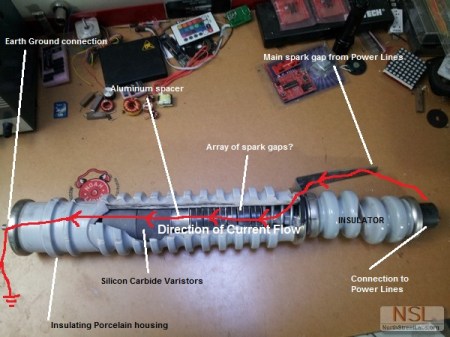
How does one take a game of Simon and make it extremely awesome? The folks at the North Street Labs — a Hackerspace in Portsmouth, Virginia — have found the secret and it’s all in the execution. They turned this chair-desk into a coin-operated Simon game that hides a huge surprise.
We suppose you should be able to guess the secret. Most coin-operated sidewalk attractions are rides, and so is this. As their Red Bull Creation entry the team built a base for the desk around a 2000 Watt floor buffer. These are the kind of things that you’d see a janitor in the 1980’s using to polish the tiles of your middle-school. This one just happens to shake the bejesus out of a player who makes a mistake. To help suck you into the game this won’t happen right away. You have to make it past at least four rounds before making the mistake.
The rest of the game is as expected. The playing area is nicely milled from a piece of wood with acrylic windows serving as the buttons. Apparently the biggest problem with that part of the build is finding a way to hold everything together despite the intense vibrations. See for yourself in the clip after the break.
Continue reading “The Most Surprising Game Of Simon You’ve Every Played”














